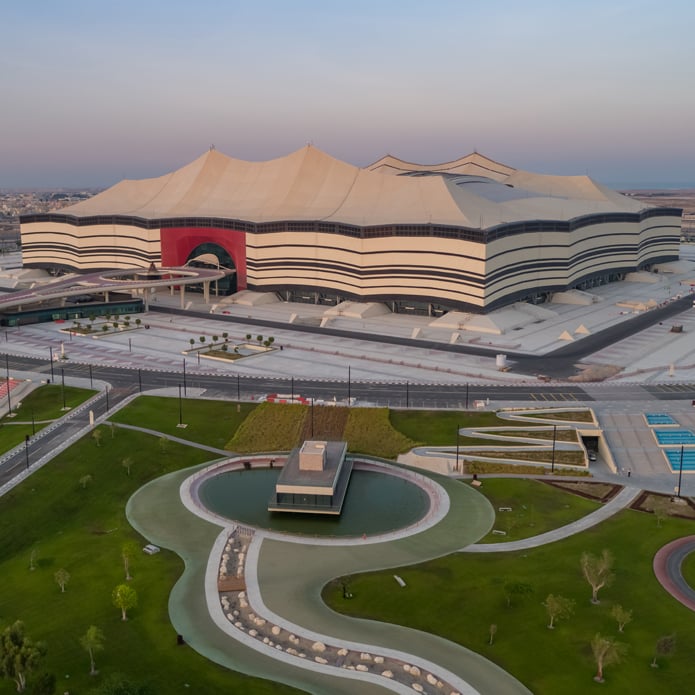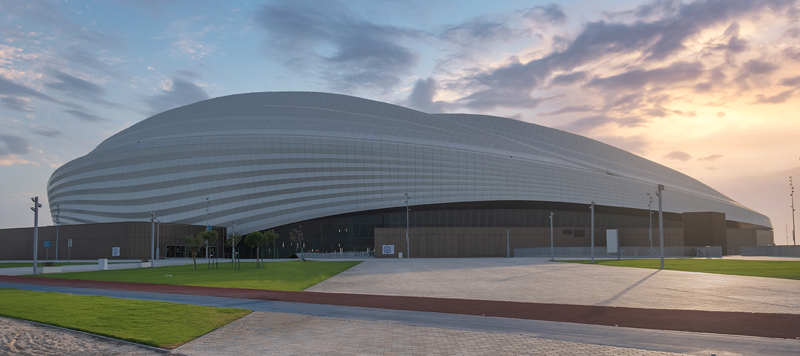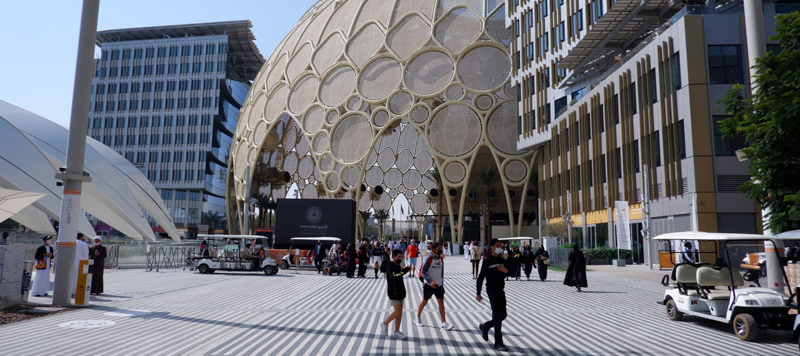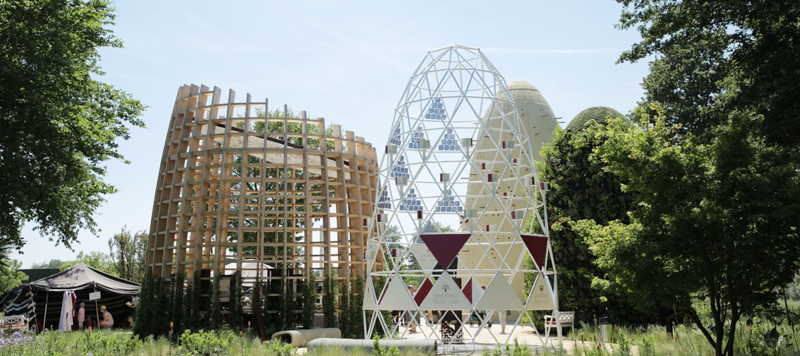Doha, Qatar
Our Impact:
Livability, Sustainability
Our Specialist Brands:
Dar
Expertise:
Communities, Environment
Designing the centrepiece of the Football World Cup
The FIFA World Cup is one of the most anticipated sporting events in the world, with billions of people eagerly watching the tournament every four years. In 2022, over one million visitors travelled to Qatar for the first time that a country in the Middle East hosted this prestigious event.
To hold the massive tournament, which had 64 matches played over the course of a month, eight new stadiums were built that reflected the history, culture and passion for soccer in the region. Al Bayt Stadium in Al Khor was the second largest of these and hosted the opening match.
Sidara’s premier design specialist, Dar, provided the detailed design for the 60,000-capacity landmark stadium, which prioritized legacy, comfort, accessibility, and sustainability.
To achieve the above priorities, the Dar team incorporated best practices for circulation, security, convenience of operation, sustainable construction, maintenance, and future fitness when designing the stadium, which takes its inspiration from the traditional tents used in Qatar and the region.
A critical point for both players and fans was protection from Qatar’s heat. Even though the World Cup was held during November and December to avoid the most intense summer heat, temperatures were still expected to range from 25-30 degrees Celsius, or 75-85 degrees Fahrenheit. To reduce the temperature inside the stadiums further, Dar designed an energy-efficient district cooling plant with centrifugal water-cooled chillers, glycol chillers, ice storage tanks, and thermal energy storage facilities that were able to decrease temperatures by up to 20 degrees. Other measures also optimized the air distribution and comfort levels.
To ensure the stadium’s accessibility for tens of thousands of spectators, Dar also developed recommendations based on research to optimize the public transport and highway networks, parking facilities, connecting circular roads and park-and-ride based approach. Along with connections to public buses, shuttles, and taxis/water taxis, this served to facilitate and further encourage the use of public transport by spectators, contributing to the sustainable vision of the games.
During non-operational mode the stadium will host commercial and recreational activities within its precincts. Celebrating the region’s legacy, the stadium’s upper tier of seating will be disassembled following the tournament and donated to developing countries in need of sports infrastructure.



